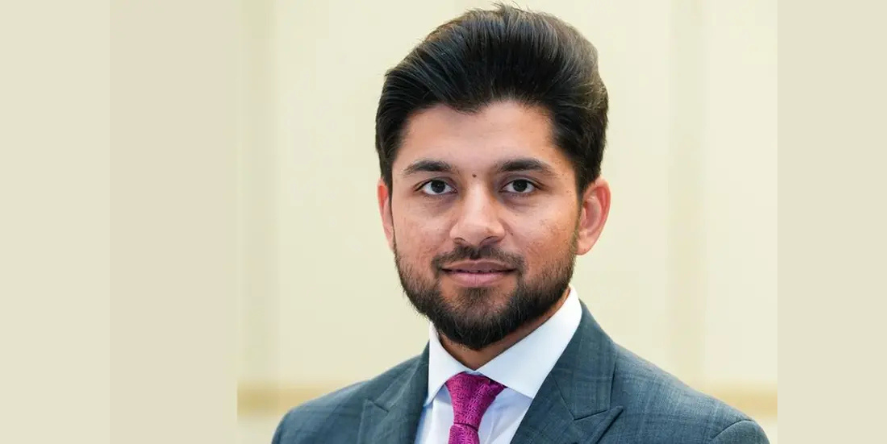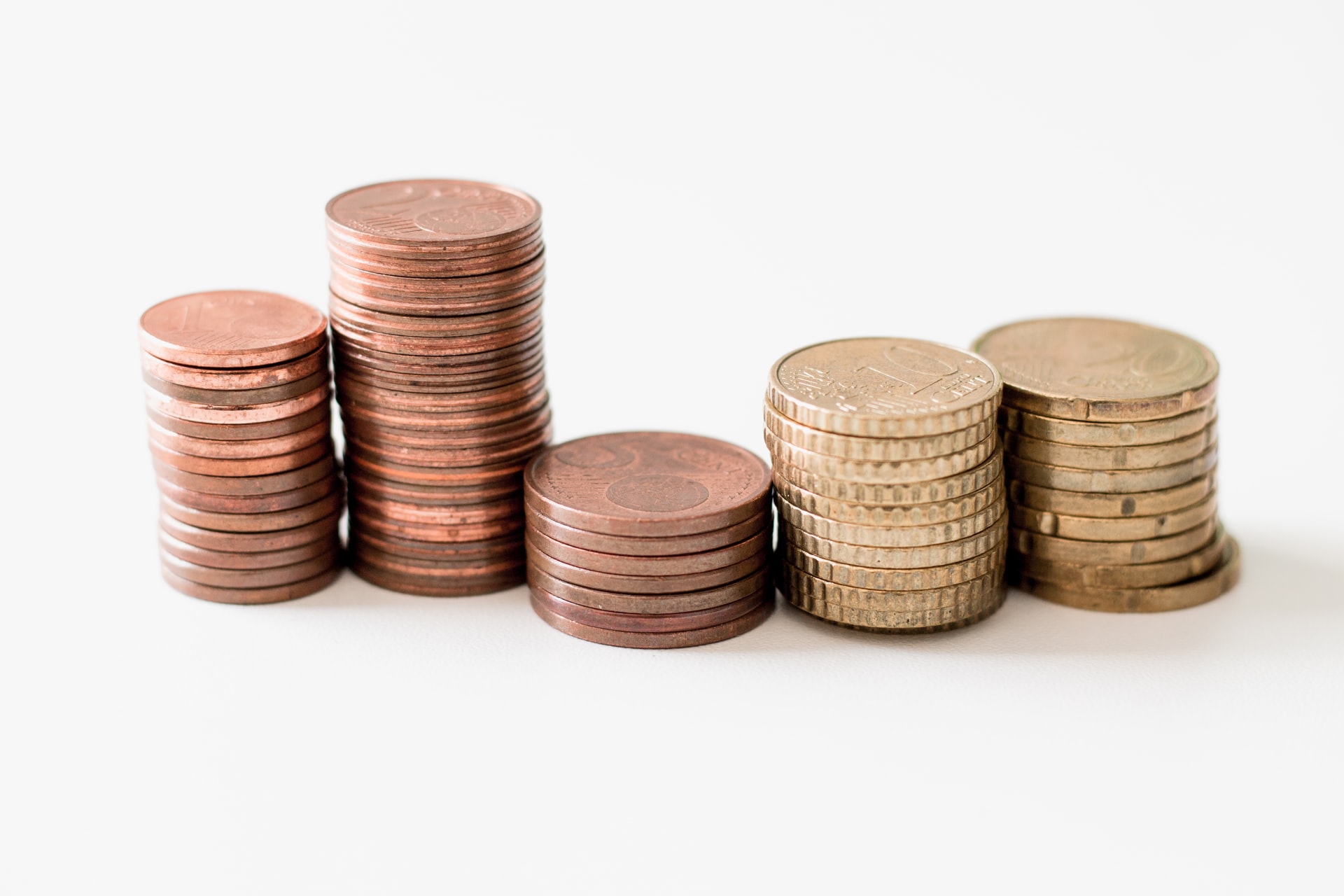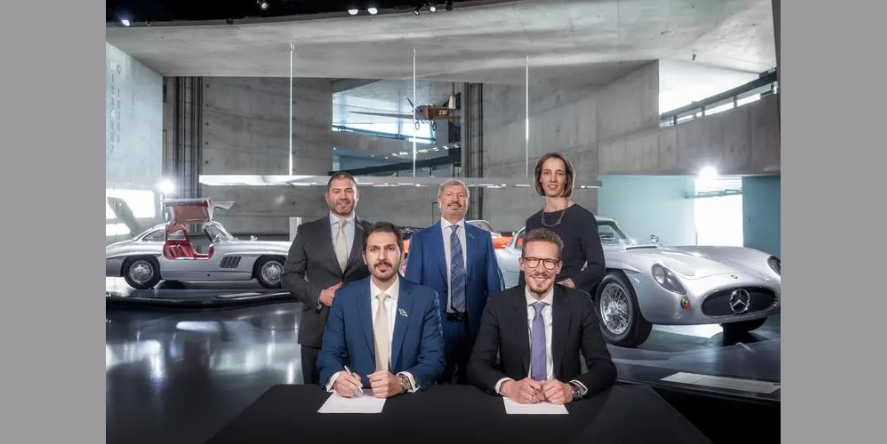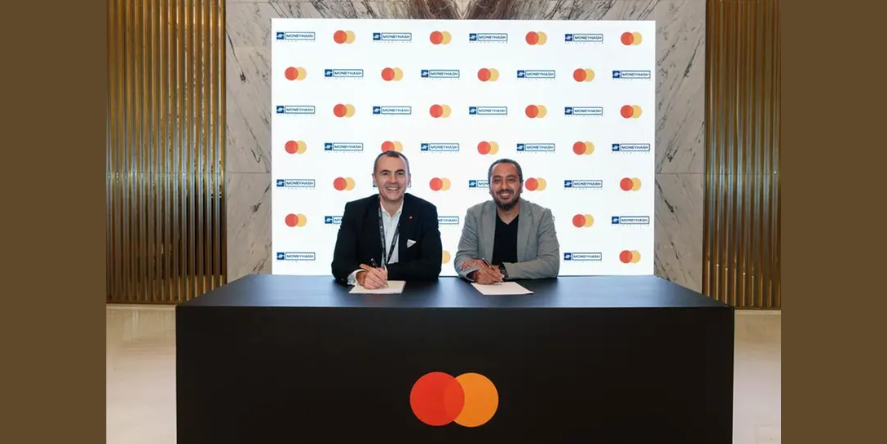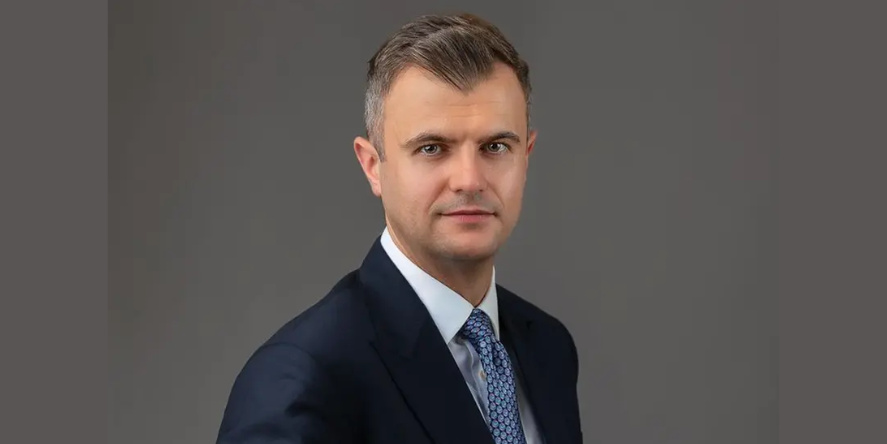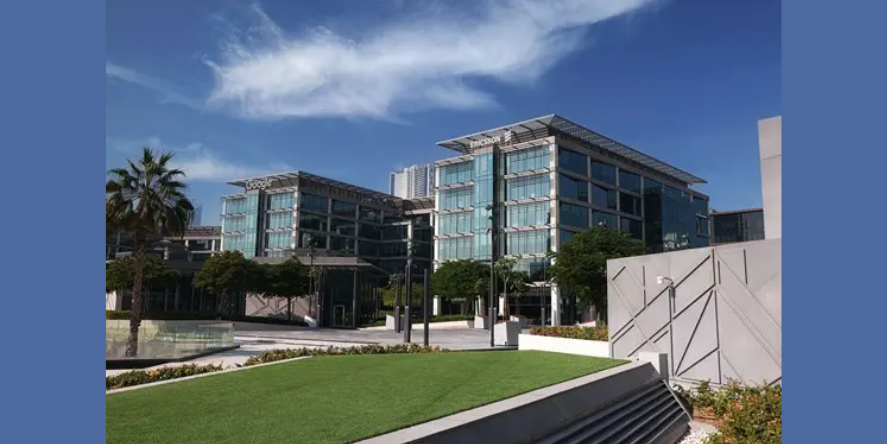With the uncertainty lurking round the corner in the form of COVID-19 Pandemic as well as relative restrictions imposed due to subsequent lockdowns as the global economies have shown gradual slump down as well as very slow progression, and hence, numerous governments have begun to take care of infrastructural investments for impetus of a sustainable as well as a great climate-friendly economic recovery.
Infrastructure’s multiplier effect has made it the go-to remedy for managements battling economic slowdown, with every $1.00 spent addition $1.50 to the Gross Domestic Product (GDP). Infrastructure savings generate jobs and incomes across all stages of an asset’s lifecycle, from forecasting, design, and building to operation and maintenance.
Refinitiv data displayed those 2,664 infrastructure projects were broadcasted worldwide in 2020 with an overall value of $751.8 billion. This was eclipsed in the initial quarter of 2021 when 653 projects worth a gigantic $1.2 trillion were announced.
The diversification plans of the energy-rich GCC nations are foundational for a substantial investment prospects in the sustainable infrastructure segment. For an illustration, Saudi Arabia’s determined $500 billion NEOM smart city will embrace a 100% renewable energy system.
The preceding year, the Middle East and North Africa (MENA) territory had accounted for 134 projects with a total worth of $51.3 billion. The tally for the initial quarter of 2021 is positioned at 61 projects with an overall worth of $49 billion with oil and gas, and power in the top-performing sectors.
Arab Petroleum Investments Corporation (APICORP) has anticipated that MENA is projected to witness an overall investment worth $250 billion going into the power sector over the forthcoming five years, with renewables absorbing the most up to 40%.
However, the infrastructure is more than solar or oil and gas. Iraq, Egypt, the UAE, and Saudi Arabia all Middle East major economies have wind, railway, port, and airport projects in the scheduling or implementation stages. Bahrain is forecasting to figure a national metro network utilizing the Public-Private Partnership model. Many nations in MENA are also capitalizing in Electric Vehicle charging infrastructure and public transportation ventures.
COVID-19 impetus has also opened prospects for rebuilding and future-proofing existing and old assets suffering productivity challenges or vulnerable to climate change in a supportable manner via the programs like building retrofits and smart cities.
The territory organized a leadership role in renewables by carrying solar tariffs on par with fossil fuel-based power, thanks to its admittance to 365 days of sunshine, enhanced by advanced technology and lower financing cost. The UAE, for instance, has been a front-runner in solar with the Mohammed bin Rashid Al Maktoum Solar Park and the Noor Abu Dhabi projects setting global record low tariffs.
In emerging markets, public expenditure and investment are likely to be restricted in the approaching months, as the focus persists on getting nations out through the pandemic with healthcare systems being the integral force.
The preceding month, the UN stated that investments in justifiable infrastructure to the tune of $120 trillion would be desirable over the forthcoming 30 years if the target of zero carbon discharges by 2050 is to be accomplished.
The World Bank has appraised that Middle East requirements to devote 8.2% of its GDP to fill the infrastructure breach by 2030. COVID-19 also emphasized that deficits in social infrastructure like primary healthcare, education, and housing have mammoth economic and social implications. The fiscal limitations imposed by the pandemic mean most governments will seek to organize private capital in a big way to undertake the required infrastructure investments.
Refinitiv data illustrates that the quantity of projects declared witnessed only a marginal decline of 2.56% in 2020, but the worth of deals financed slumped down by 28.44%, signifying that the infrastructure funding gap perseveres. In the MENA territory, the overall worth of the deals financed was $4.06 billion.



